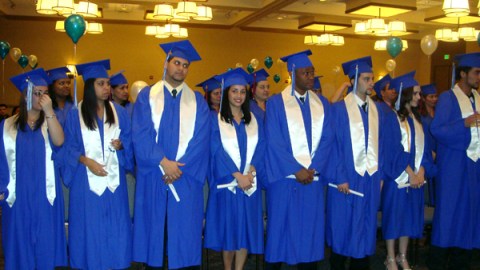The Great US-China Student Exchange Race

It’s not something generally referenced in the discussion over China’s awesome growth, and it might only be marginally related. But the influx of Chinese students attending American universities hasn’t gone unnoticed over the past decade. Perhaps taking a cue from how that migration has evolved, the United States government is ready to return the favor.
In the past few years in particular, Chinese applicants to American higher education, especialy grad schools, has seen a considerable increase. In fact the past few years have seen consistent double-digit growth from year to year in grad school applicants from China. With a number of university officials travelling to China to let the student surplus there know about their respective institutions, China’s presence on campus hasn’t just been noticed, but encouraged. Even American prep schools have been busy recruiting China’s best and brightest. The phenomenon has been documented for some time now, and has resulted in some awkward cultural transition. But more than anything it just shows the premium in a more-affluent China on a well-rounded higher level of education.
This interesting trend hasn’t gone unnoticed by the president either, who hosted Chinese students in Shanghai to a town-hall-type meeting last November. Broadcast on Chinese television, it was an unprecedented exchange between an American president and China’s future leaders. President Obama must have seen something, because just six months after that meeting he has announced a plan to send 100,000 American students to study in China in the next four years. The effort is primarily to bridge the exchange gap, which the White House described as roughly one U.S. student going to China each year for every five Chinese students coming to America. When asked about the program, a State Department official pointed out the obvious: “China will have a much more important voice in world affairs in the coming years, and we need more Americans who can speak the language, who understand China, and who can do business more effectively with the Chinese.”
It’s hard to say how this program will come together during a time when the relationship between the Chinese government and the Obama White House appears to have cooled considerably. But with the United States now attempting to catch up with China’s mobilized student population, China’s future leaders are truly looking globally regarding their education. While the China-U.S. academic exchange is still one of the world’s largest, China has also recently formalized agreements similar in concept, though not in scope, with India, as well as the Caribbean and United Arab Emirates.
American students have long had access to a vast post-secondary educational landscape. But with tuitions rising in the face of nationwide financial hardships, not to mention increased competition coming from international students, it could be time for American students to take a look to China. The government is actually counting on it.





